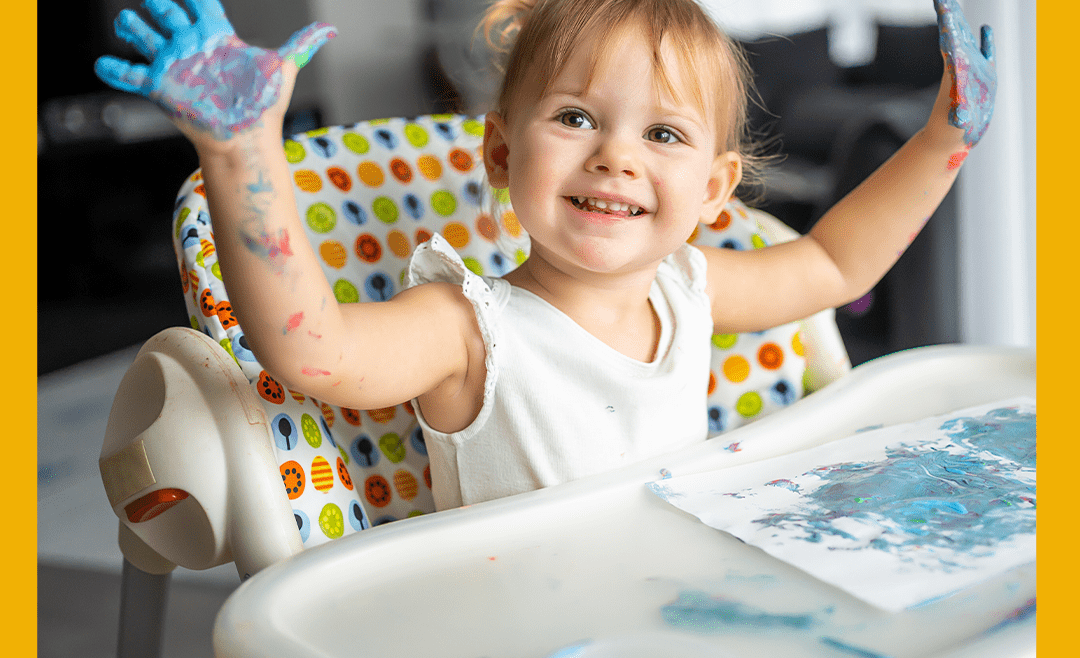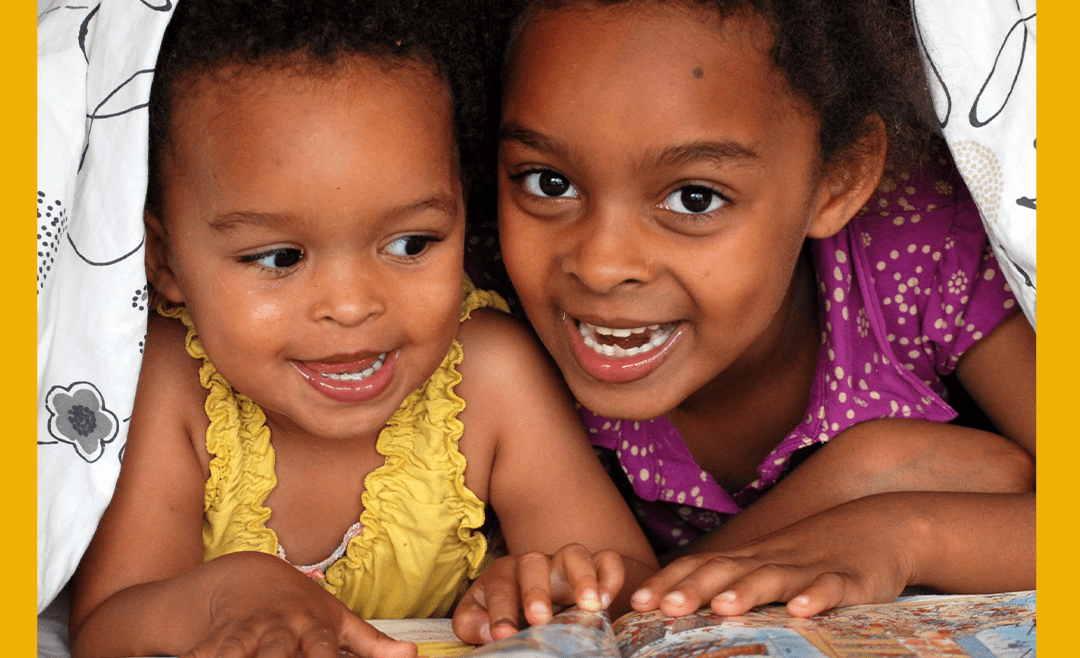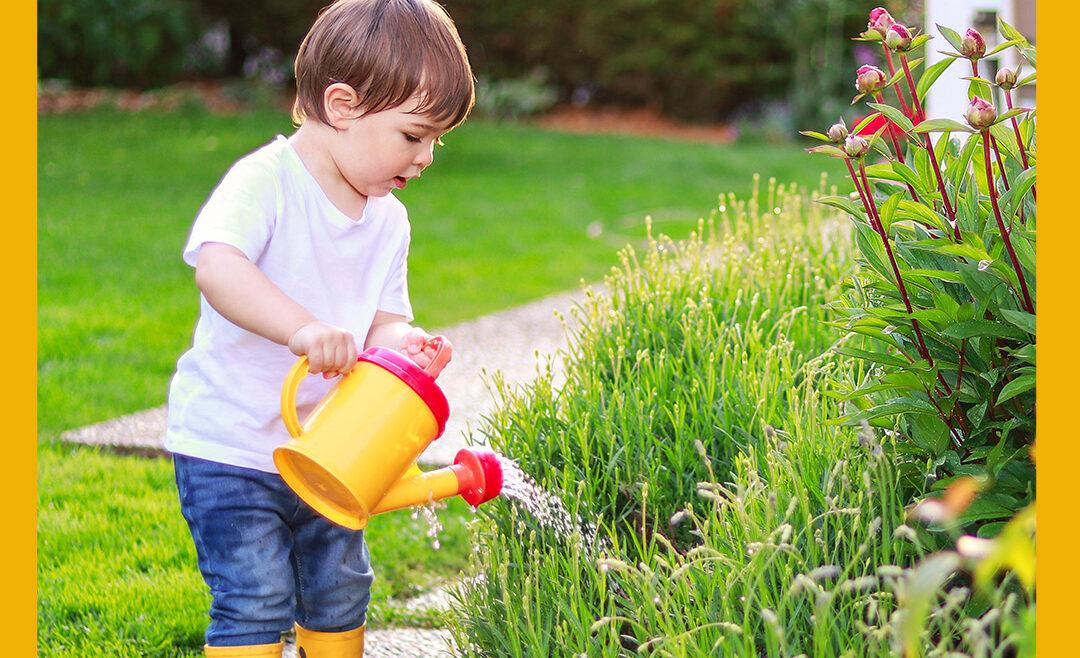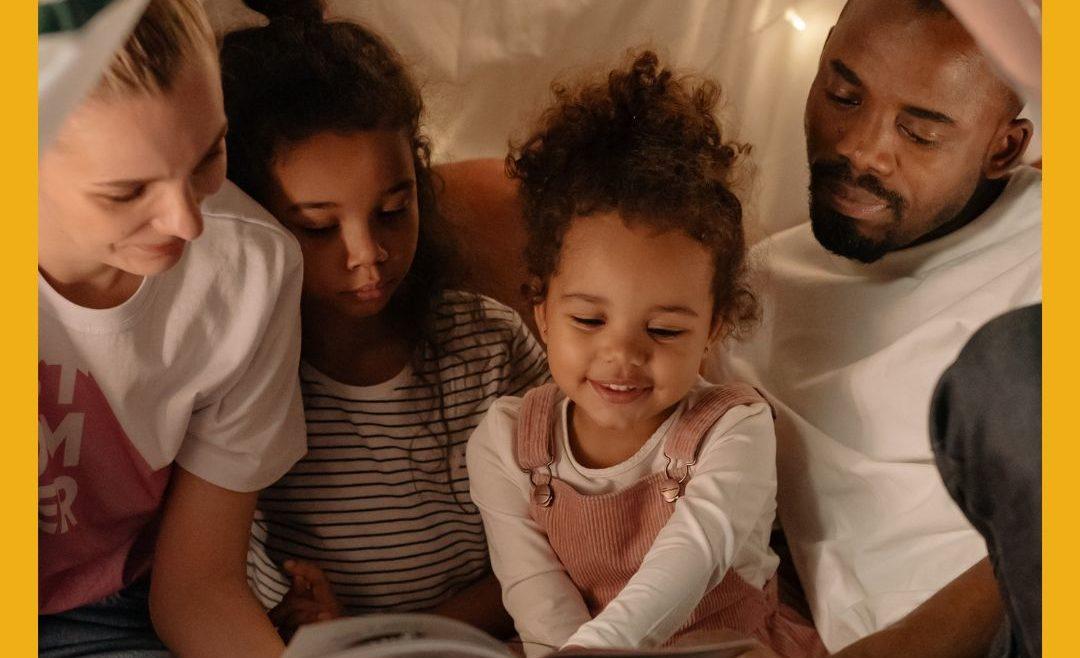Summer is just around the corner and we cannot wait to get outside and soak up the sunshine. However, the sun’s rays can be dangerous for you and your little ones if you’re not careful. Which is why it’s so important that you’re taking precautions and doing everything you can to keep your family safe. To help you get started, our team has come up with some ways that you and your kiddos can get outside and enjoy the warm weather, all while staying protected in the process.
1. Play During the Cooler Parts of the Day: The sun can be intense, especially during the summer months. As the day goes on, the heat can really make an impact, which is why you want to avoid going outside when the sun is at its hottest. Instead, try to get outside for playtime when the weather is a little bit cooler, such as in the morning or as the sun is setting. This way, you can still have some fun in the sun without overheating.
2. Dress For Success: Wearing the right clothing is key to staying safe in the summer sun. You want to make sure that you’re dressing your kids in lightweight clothing that isn’t going to make them too hot, and try to stick to light colored clothing if possible. Also, encourage your children to wear a hat and sunglasses to protect their face and eyes while outside. Oh, and don’t forget the sunscreen!
3. Keep Your Little Ones Hydrated: Keeping your child hydrated while out in the sun is extremely important. Whenever you go outside to play, bring a bottle full of cold water that your little one can sip on, and take time during play for hydration breaks. If your child doesn’t particularly like to drink water, consider an alternative such as juice, or incorporate a silly straw to encourage hydration.
4. Create a Cooling Station: When playing outside at home or at the park, we recommend setting up a cooling station. Place a blanket in the shade along with a cooler full of items that will help you and your kiddos stay refreshed. Some things that you can put inside the cooler include a misting fan, cold water bottles, juice boxes, frozen fruit, and even popsicles. This way, you and your child can rest from time to time and enjoy an ice-cold refreshment or snack, giving you a break from the heat.
Happy Safety Month! Keep an eye on our social media pages (Facebook, Instagram, Pinterest) throughout June for more tips to help keep your kiddos safe this summer. Additionally, please don’t hesitate to contact us if you think your child could benefit from pediatric therapy. We are here to support you and your family in any way that we can.











